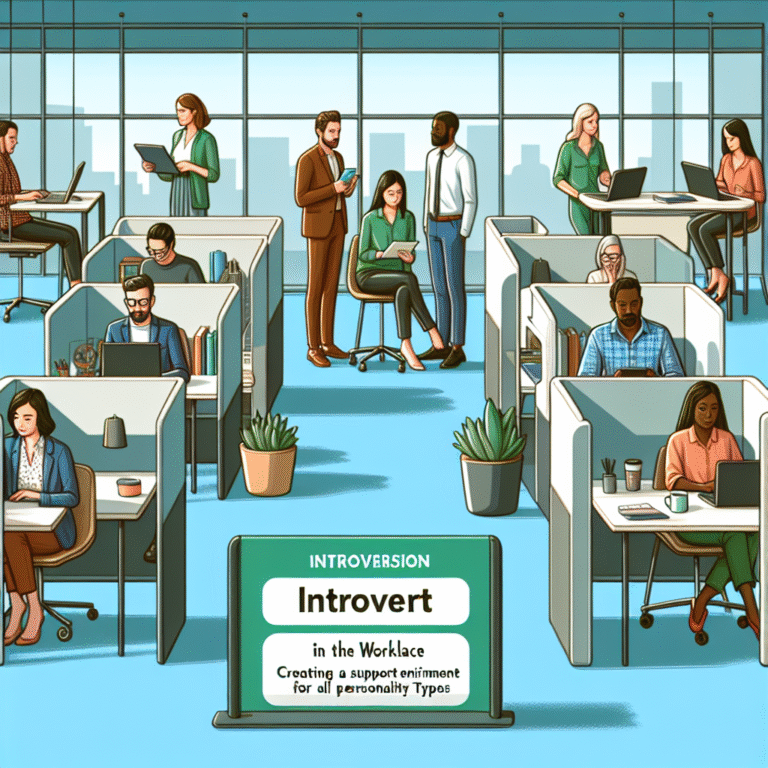Introduction
In today’s hyper-connected world, the average person makes thousands of decisions every day — from what to eat for breakfast to whether to respond to that work email right now. Each choice, no matter how big or small, consumes cognitive resources. This brings us to the critical concept of “decision fatigue,” a psychological phenomenon that compromises our ability to make sound decisions after a long session of decision-making.
What does it mean to tackle decision fatigue effectively? What techniques can we employ to streamline our choices and regain our mental energy? In this article, we will delve into Breaking Down Decision Fatigue: Simple Techniques to Streamline Your Choices that empower you to navigate life’s vast decisions with ease and clarity.
Understanding Decision Fatigue
The Science Behind Decision Fatigue
Decision fatigue is rooted in the limited bandwidth of our cognitive resources. When we make decisions, particularly complex ones, we use up mental energy. Over time, this can lead to poorer choices or even complete inaction—what psychologist Roy F. Baumeister refers to as "ego depletion."
Case Study: A notable example is U.S. President Barack Obama, who famously wore the same blue and grey suits every day. He explained that he wanted to minimize trivial decisions in order to conserve his mental energy for more essential tasks.
Symptoms of Decision Fatigue
Recognizing the signs of decision fatigue is vital. Some symptoms include:
- Indecision: Prolonged hesitation on simple choices.
- Impatience: Quick to dismiss options without careful consideration.
- Procrastination: Preferring to delay decisions entirely.
Understanding these symptoms can help you notice when you’re experiencing decision fatigue and enable you to implement some of the techniques we’ll discuss shortly.
Breaking Down Decision Fatigue: Simple Techniques to Streamline Your Choices
1. Limit Your Choices
The Paradox of Choice suggests that having too many options can lead to paralysis. When confronted with endless possibilities, we often struggle to choose effectively.
Technique: Set limits. For instance, instead of browsing through countless dinner recipes, choose a meal plan for the week. By narrowing down your selection, you free your mind to focus on enjoying the cooking process.
Table 1: Example of Limiting Choices
| Category | Unlimited Choices | Limited Choices |
|---|---|---|
| Dinner Options | 50+ Recipes | 3 Prepared Meals |
| Clothing Selection | 100+ Outfits | 10 Essential Items |
| Weekend Activities | 30+ Options | 5 Planned Activities |
2. Establish a Routine
Routines are powerful tools for reducing decision fatigue. They create a sense of predictability and reduce the number of daily choices.
Technique: Create a morning routine that sets the tone for your day. For example, designate specific clothes and meals for weekdays. This not only conserves mental energy but can also help build positive habits.
3. Prioritize Decisions
Deciding when to tackle your most important choices is another effective method. Not all decisions are created equal, and some require more cognitive resources than others.
Technique: Tackle high-stakes decisions in the morning when you’re fresh. Save trivial or less important choices for later in the day.
Chart 1: Energy Levels Throughout the Day
| Time | Energy Level | Recommended Decision Type |
|---|---|---|
| 7 AM – 10 AM | High | Important Work Decisions |
| 10 AM – 1 PM | Moderate | Group Meetings & Collaborations |
| 1 PM – 5 PM | Low | Routine Tasks & Minor Choices |
4. Use Decision-Making Frameworks
Frameworks simplify complex decisions. Tools like pro/con lists or decision matrices can clarify your options.
Technique: When faced with a difficult decision, create a matrix that highlights the potential outcomes, risks, and benefits.
Case Study: Researchers at Columbia University found that individuals who used decision matrices reported feeling more confident in their choices and experiencing less regret.
5. Delegate Decisions
You don’t have to make every decision yourself. Delegation is an effective strategy to conserve energy.
Technique: Delegate minor decisions to trusted teammates or family members. For instance, allow a partner to choose weekend activities while you focus on an important work project.
6. Embrace "Good Enough" Decisions
Perfectionism often leads to excessive deliberation and increased decision fatigue.
Technique: Adopt the mindset of “good enough.” This approach allows you to move forward with choices that meet your requirements without waiting for perfection.
7. Recognize Decision Triggers
Identifying circumstances or times in your life that lead to decision fatigue can help you plan around them.
Technique: For instance, if you know that you struggle to decide what to eat when you’re tired, plan meals in advance during less demanding times.
Conclusion
Breaking down decision fatigue means simplifying the complex web of choices we face daily. By incorporating Breaking Down Decision Fatigue: Simple Techniques to Streamline Your Choices — from limiting options and establishing routines to delegating decisions and embracing “good enough” — you can combat mental exhaustion and enhance your decision-making prowess.
Take a moment today to reflect on your decision-making process. What small changes can you implement right now that can lead to lasting positive results in your life? The journey to streamlined choices begins with a single step.
FAQs
1. What is decision fatigue?
Decision fatigue is the mental exhaustion that results from making too many decisions, leading to impaired judgment and poor choices over time.
2. How can I identify decision fatigue in myself?
Symptoms include indecision, impatience, and procrastination. If you find yourself struggling to choose or feeling overwhelmed, you may be experiencing decision fatigue.
3. Can routines really help with decision fatigue?
Yes! Routines reduce the number of decisions you have to make, conserving mental energy for more important choices.
4. Is it okay to let others make decisions for me?
Absolutely! Delegating minor decisions can help alleviate the burdens of daily choice fatigue and allow you to focus on more critical decisions.
5. What are some simple techniques to avoid decision fatigue?
Some effective techniques include limiting choices, creating routines, prioritizing decisions, using frameworks, delegating, embracing "good enough," and recognizing your decision triggers.
Feel free to incorporate more case studies, charts, or tables for depth, as well as personal anecdotes or further elaboration on each technique for a richer experience. The result is an engaging piece that not only informs but empowers readers to streamline their decision-making processes effectively.











